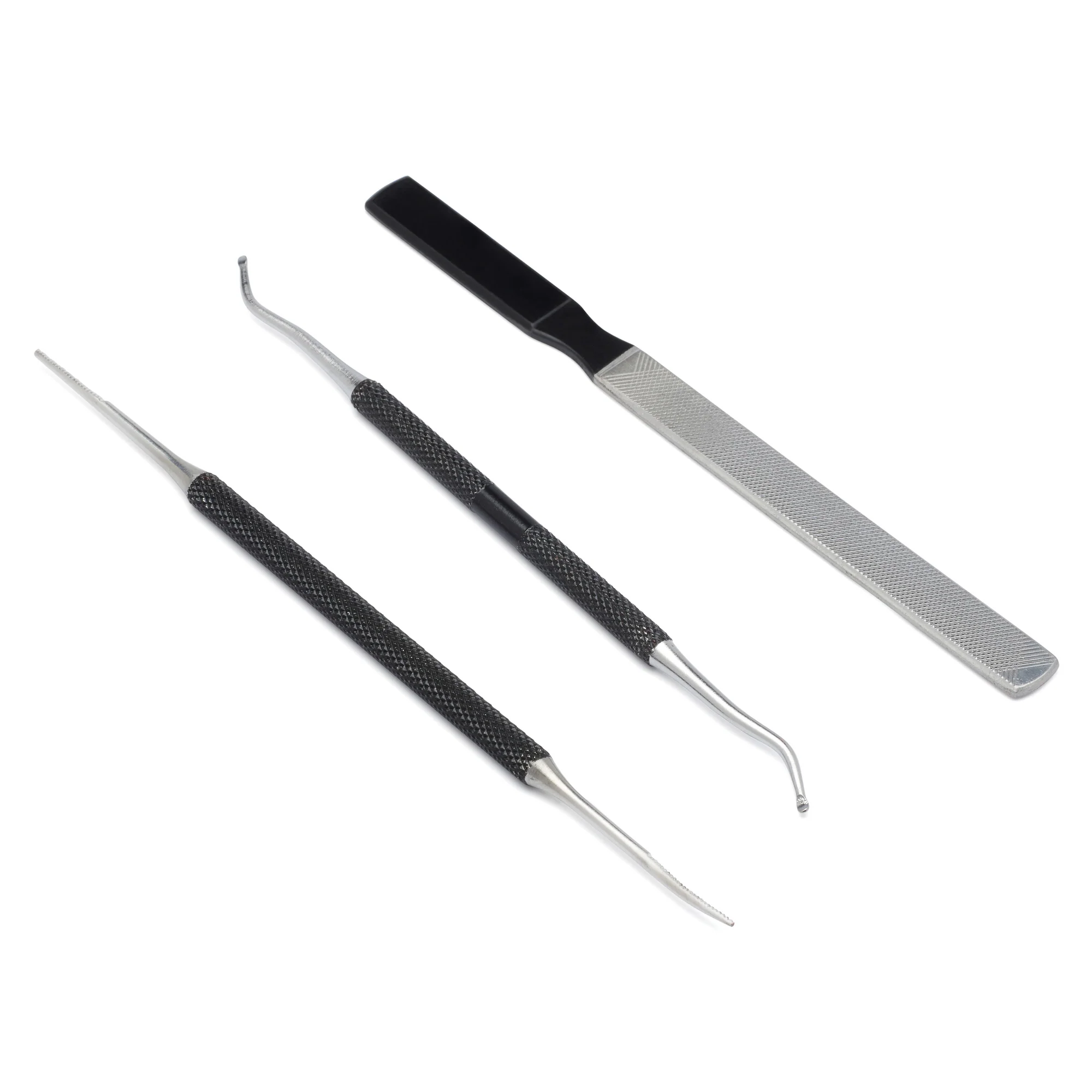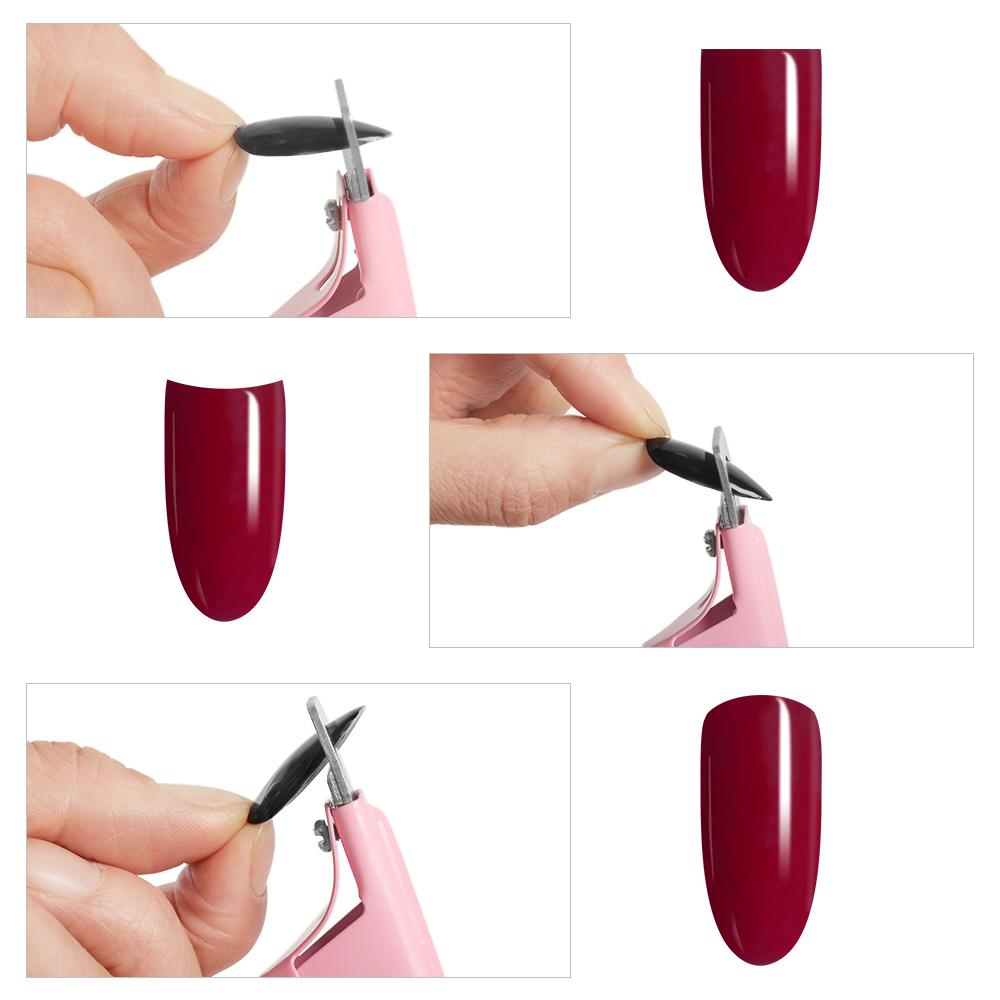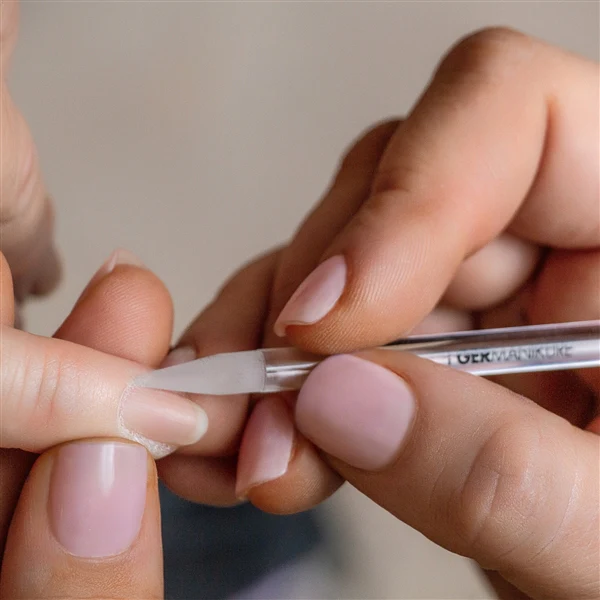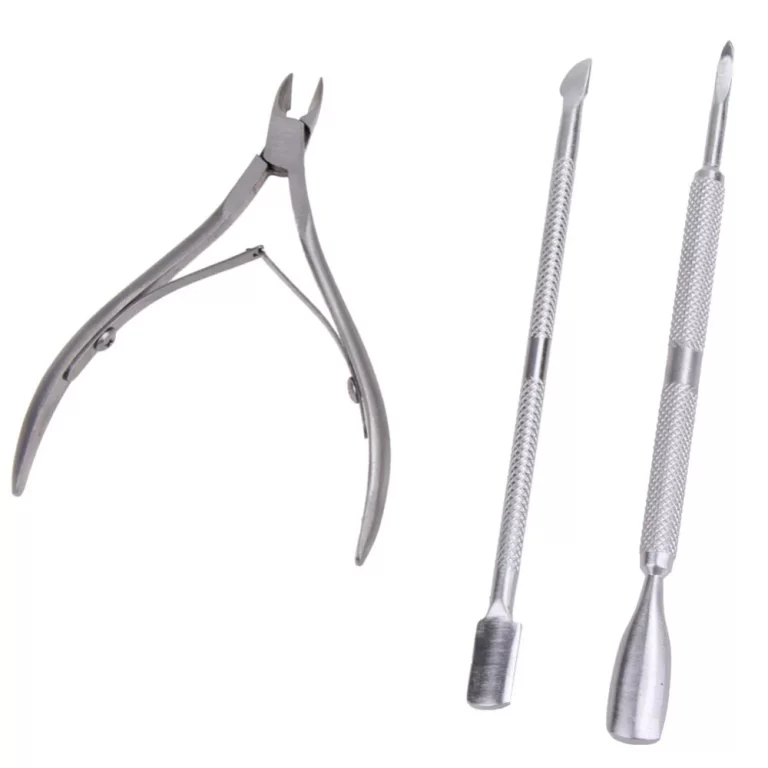
Guide to Disinfecting Nail Tools for Salon Safety
Importance of Disinfecting Nail Tools
Proper disinfection of nail tools is vital for salon safety. It prevents the spread of bacteria, viruses, and fungi that can cause infections. Clients expect a safe experience, and disinfection assures that. Dirty tools can lead to health issues like fungal infections and skin irritations. How to disinfect nail tools? With proper disinfection, salons can avoid these risks and protect both clients and staff.
Disinfecting nail tools is more than just cleaning. It involves a process that kills harmful microorganisms on the tools used. Salons must follow this practice after each client to maintain a hygienic environment. Staying informed on the latest cleaning guidelines is crucial for effective disinfection. It ensures the highest standard of salon hygiene.
In short, disinfecting nail tools is a non-negotiable part of salon operations. It is a critical aspect of overall customer care and helps in building a trustworthy salon brand. By doing so, salons demonstrate their commitment to client health and safety. This could lead to increased customer satisfaction and loyalty.

Recognizing Manicure Tool Types
Understanding the different types of manicure tools is key to effective disinfection. Manicure tools come in various materials and designs. Each type requires a specific cleaning approach to maintain salon safety.
Single-Use Versus Multi-Use Tools
Single-use tools are items you cannot sanitize. Examples include cotton balls and paper nail files. After one use, you must discard them. Multi-use tools, like metal cuticle pushers, can be sanitized and reused. It’s vital to identify which tools to throw away and which to clean for the next use.
Porous Versus Non-Porous Tools
Tools also differ in material. Porous tools absorb liquids and can harbor bacteria. Nail buffers are porous. They need special care when cleaning. Non-porous tools, such as metal nail clippers, do not absorb liquids. This makes them easier to disinfect. Knowing the difference helps you choose the right disinfection method for each tool.
Step-by-Step Process for Disinfecting Tools
To ensure salon safety, follow a thorough process to disinfect nail tools.
Sanitizing Nail Tools
Start by sanitizing tools to remove visible debris. Wash them with soap and water. Dry them completely with a clean towel or paper towel. This step prepares tools for effective disinfection.
Disinfecting Non-Porous Nail Tools
For non-porous tools like metal clippers and glass files, use a proper disinfectant. Submerge tools in a disinfectant solution for at least ten minutes. Follow the product’s exact instructions for best results. Dry the tools after disinfecting them and store safely.
Cleaning and Disinfecting Porous Tools
Porous tools, like foam files and buffers, need careful cleaning. Gently rinse to remove nail dust. Apply a disinfectant spray if you cannot soak them. Let the tools dry out fully before their next use to prevent damage and remain effective.

Special Considerations for Sterilization
Sterilization takes disinfection a step further by killing all forms of microbial life. It’s not always necessary but sometimes vital for salon safety. How to disinfect nail tools? Knowing when to sterilize, as opposed to disinfect, can protect clients from serious infections.
When Sterilization is Necessary
Sterilization is crucial when tools come into contact with blood, body fluids, or broken skin. Such cases might occur with accidental nicks or if a client has a skin infection. It’s also essential after treating a fungus-infected nail to prevent spreading. Sterilization is a must in these situations to destroy all potential pathogens, including resistant spores.
High-risk scenarios like the outbreak of a contagious disease might require sterilization too. For instance, during the COVID-19 pandemic, extra precautions in salon hygiene included sterilizing tools more frequently.
Sterilization Techniques for Nail Tools
There are several methods for sterilizing nail tools, each suited to different types of instruments.How to disinfect nail tools? For metal tools, autoclaves use steam under high pressure to ensure complete sterilization. Dry heat sterilizers work well for metal and glass without causing rust or corrosion.
For tools that can’t withstand high temperatures, chemical sterilants provide an alternative. These powerful chemicals are effective but must be used with care according to the manufacturer’s instructions.
No matter which technique you use, always clean and disinfect tools before sterilizing them. This guarantees that the sterilization process is effective. After sterilization, keep the tools in a sterile container until their next use to prevent recontamination.
Remember that not all tools are meant for sterilization. Single-use items, for instance, should be discarded after one usage. Always follow local health regulations and manufacturer guidelines for the best outcomes.
Handling tools properly and keeping up-to-date with cleaning techniques will help your salon maintain the highest standards of hygiene and client safety.

Handling and Storing Disinfected Tools
After you disinfect nail tools, proper handling and storage are key. How to disinfect nail tools? This keeps tools safe and ready for next use. Let’s discuss how to store disinfected tools and prevent cross-contamination.
Storing Clean Tools Safely
Once tools are clean and dry, it’s time to store them. Choose a spot that’s away from dirt and dust. Use clean containers or holders for this. Label containers clearly to avoid mix-ups. Keep disinfected tools separate from used ones always.
Keep storage areas clean, too. Wipe down storage spaces often to stop germs from settling. Remember, even after disinfecting, tools can pick up germs if not stored right.
Preventing Cross Contamination
Cross contamination can happen if clean tools touch dirty ones. It can also occur when tools touch contaminated surfaces. To prevent this, follow these steps:
- Use different containers for clean and used tools.
- Make labels clear to show which tools are clean and which are not.
- Handle clean tools with washed hands or gloves.
- Change gloves between handling different clients’ tools.
- Keep a strict check on your storage practices regularly.
By following these guidelines for handling and storing disinfected tools, you help ensure a safe and hygienic salon experience for every client.
Ensuring Salon Hygiene
Hygiene in a salon sets the stage for client safety and satisfaction. How to disinfect nail tools? It extends beyond tools to include every salon surface. A clean manicure table assures clients that you uphold hygiene standards. This results in their trust and repeat visits.
Maintaining a Clean Manicure Table
For a safe manicure, start with a sanitized table. Clear debris from previous sessions before a new client arrives. Wipe down the table with a disinfectant spray. Make sure to clean the surface if it’s dirty before disinfecting. Always use a fresh towel or paper cover for each client. This reduces the risk of cross contamination.
Keeping the manicure area clutter-free helps in cleaning. Limit the products on the table to what you need for the procedure. Store other items elsewhere. A clean and organized space not only ensures hygiene but also enhances the client’s experience.
Implementing a Client Cleanliness Policy
Include a hand-washing rule before services commence. Offer clean towels or paper towels for drying hands. Check the client’s nails for any signs of infection. If the nails are healthy, use a mild skin disinfectant on their hands. This adds an extra layer of safety before the manicure starts.
By focusing on manicure table cleanliness and client hygiene, you promote a safe environment. Customers will notice and appreciate these efforts, which encourages repeat business.

Best Practices for Using Disinfectants
Using the correct disinfectants is key for safely disinfecting nail tools. Choose products that are effective against a wide range of pathogens. Salon safety depends on the use of right disinfectants. Salons should pick EPA-registered disinfectants for best results. Products should match the materials of the tools you’re disinfecting. For metal tools, choose disinfectants that prevent rust. For porous materials, use solutions that don’t cause damage or deterioration.
Selecting Appropriate Disinfectants
When selecting disinfectants, consider the tool material. For non-porous items like metal, glass-based disinfectants are best. Porous tools may need gentler, alcohol-based options. Always choose salon-grade disinfectants that kill bacteria and viruses. Quality disinfectants protect clients and preserve tool integrity. They also prevent tool damage during cleaning. Selecting the right disinfectants ensures tools are safe to use again.
Understanding Disinfectant Instructions and Risks
Read and follow the instructions on disinfectant labels. Using them correctly is as important as the selection process. Pay attention to the contact time needed for disinfectants to work. This is usually at least ten minutes. Use gloves to protect your hands from harsh chemicals. Ventilate your salon well when using disinfectants. This keeps the air safe to breathe. Understand risks like tool damage or skin irritation from misuse. Proper use of disinfectants keeps the salon environment safe and professional.

